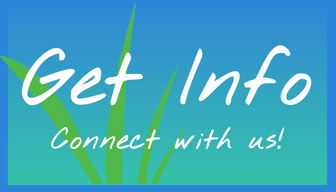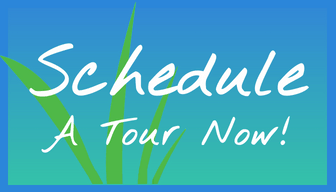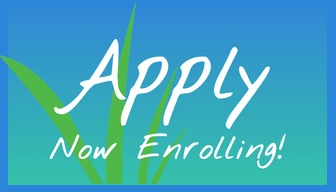By Frank Merillat, LMT
There is a saying I learned when I lived in the Virginia Mountains that goes like this:
“Even a blind hog finds an acorn once in a while”.
I think this applies well to the practice of massage and the concept of therapy. I even use it these days in class when I talk about problems we encounter with the body while doing massage therapy.
When I work with a client they often present a problem with their body that they would like addressed. It is usually presented in the form of a sensation or feeling. Think of what clients tell you. “My shoulder hurts”, “I am not able to bend or squat easily”, “I’m feeling tingling or numbness in my hand”, “I’m just feeling stressed”, these are the types of things I often hear followed by “What is it?” or “Can you fix this?” It is at this point that I can feel like the proverbial “blind hog”. There are just so many possibilities involved in any one of those feeling statements.
Think about the shoulder. The bone and muscle structure includes the ribs, vertebrae, skull, clavicle, scapula, humerus, radius and ulna, along with all the muscles that attach to these bones, as well as the joints that are crossed by the muscles. It is really a pretty complicated area of the body. Is it a joint problem that is affecting the muscles? Is it a muscle imbalance that is causing trigger points or limiting the movement? If the problem is pain is it an injury to structure or soft tissue? Is it a referral from structure or muscle tightness? Is it the result or postural problems? All of these are possibilities. Where do I start, how do I know what to do, what approach to use?
So in this case I, “the blind hog”, begin to search. I use my communication skills to gain information during the intake. I use my observation skills to notice posture and general balance in the body. I ask what I feel are appropriate questions to get a better grasping of what are the issues. When we get to the table, I begin to assess the tissue through palpation and movement. I receive feedback and direction from my client. I use my knowledge of anatomy and kinesiology to help me understand and approach the work.
In other words, “the blind hog”, begins to explore what I know of the forest. I need to find the right trees if I want to located the acorns.
This is the process I use when I work with folks. I do not always know what to do when I start. I use my knowledge of the body, my ability to communicate and my skill resources to offer options of feeling to my client. Through this process, hopefully, positive results are possible. The more options I have at my disposal the better I am able to offer help to my client’s needs. It really helps to know the forest, the trees, and the pathways if you want to find acorns on a regular basis. In other words I have to develop my skills and resources to be the best therapist I can be.
Since this is a renewal year I would ask each of you what are you doing to develop your resources. What are you doing to better know the forest and find those acorns for your clients? What will help you become a better, more skillful, more versatile therapist? After all the more acorns one finds, stronger their practice becomes.
If you think more knowledge of the shoulder, neck or breathing mechanisms would help you, check out my offerings on the FSM website. Getting Specific Shoulder and Neck are offered June 24 and 25, the Dance of Breath is offered July 8-9. Each class offers an early registration discount. If these are not what interest you, find something that does. There are lots of possibilities being offered. Expand your knowledge of the forest, remember, it really helps to know your forest if you want to increase your finding of those acorns.




